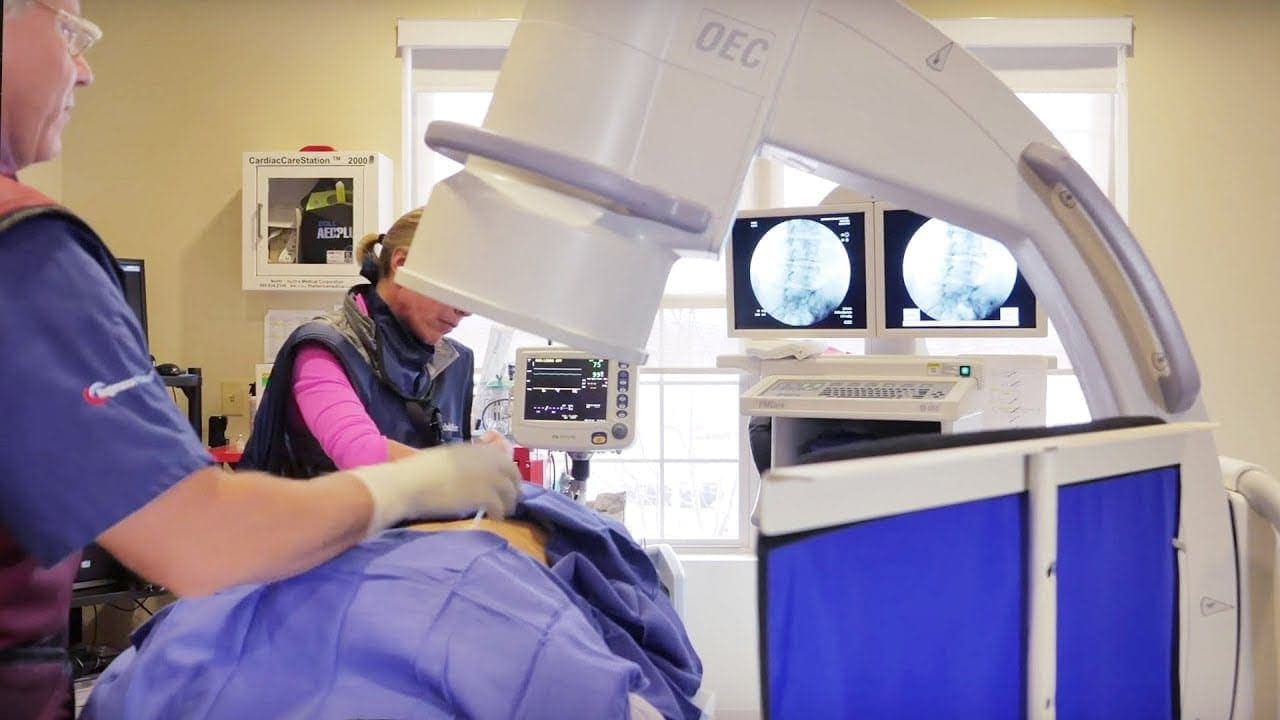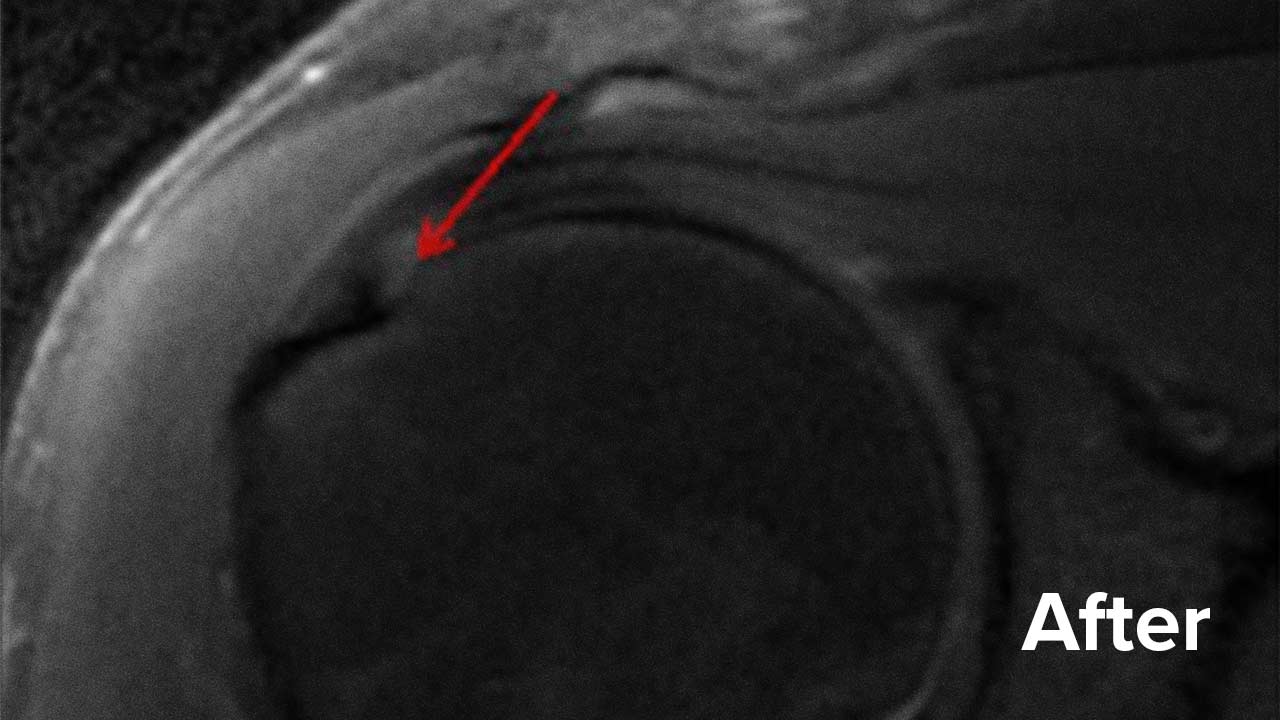Non-Surgical Relief For Shoulder Pain In Phoenix, AZ – Active Life
The shoulder is one of the most mobile joints in the body, essential for daily function but vulnerable to injury and degeneration. At Active Life Physical Medicine & Pain Center in Phoenix, AZ, patients often seek alternatives to shoulder surgery when facing persistent pain from injury or degenerative conditions.
Most patients considering surgery for a shoulder injury, degenerative condition, or osteoarthritis are looking for pain relief. However, research shows that shoulder surgery isn’t all that effective for many patients.1 While your shoulder MRI could indicate a tear or degeneration, it may not be the cause of pain.2
Regenexx Alternative to Shoulder Surgery
Shoulder Injuries That Can Be Treated With Regenexx
Physicians at Active Life Physical Medicine & Pain Center, part of the licensed Regenexx network, evaluate a wide range of shoulder conditions for procedures using Regenexx injectates, including:
- Rotator cuff tears
- Labrum tears/ SLAP tears
- Shoulder osteoarthritis and degeneration
- Shoulder instability
- Separated shoulders
- Biceps tendon tears
- Avascular necrosis or osteonecrosis
- Frozen shoulders
16620 North 40th Street
Phoenix, AZ 85032
Request an Appointment
Call to Schedule Schedule OnlineClinic Hours
| Sunday | Closed |
| Monday | 7:30AM–5PM |
| Tuesday | 7:30AM–5PM |
| Wednesday | 7:30AM–5PM |
| Thursday | 7:30AM–5PM |
| Friday | 7:30AM–3PM |
| Saturday | Closed |

Can I Avoid Shoulder Surgery?
In many cases, yes. Physicians in the licensed Regenexx network at Active Life Physical Medicine & Pain Center in Phoenix offer procedures using Regenexx lab processes as a non-surgical option. These procedures are designed to support the body’s natural healing mechanisms, helping reduce pain and improve function without surgery or long-term use of prescription drugs.
Am I a candidate?The Regenexx Approach For Shoulder Pain
The Regenexx approach uses image-guided procedures and interventional orthobiologics, including platelet-rich plasma (PRP) or bone marrow concentrate, prepared through Regenexx lab processing. Physicians in Phoenix create individualized treatment plans designed to help reduce discomfort and support improved shoulder mobility and function.
Before and After Shoulder Repair MRI Images
Below are the outcomes of two patients with Regenexx protocol done instead of surgery.
Scroll the arrow to the right to see the MRI of the rotator cuff before the treatment and to the left to see the outcome. The BEFORE shows a torn rotator cuff. The arrow points at a gap where the tendon should be. Once treated, the area will look like a dark band going diagonally, as seen on the AFTER.
Patient 1 MRI
Patient 2 MRI

Webinar: Alternatives to Shoulder Surgery
Learn the latest about interventional orthopedics, and how Regenexx procedures can treat your shoulder injury without surgery.
Register for the webinarPatient FAQs
The shoulder is a ball-and-socket joint with a relatively shallow structure. The ball is the upper arm bone, known as the humerus, and it fits into a shallow socket called the glenoid. Surrounding the socket is a ring of cartilage called the labrum, which helps stabilize the joint by holding the humeral head in place. Additional support is provided by ligaments and the rotator cuff muscles, which work together to maintain shoulder alignment during movement.
Shoulder instability may develop when ligaments or tendons become stretched, torn due to injury, or weakened over time. This can allow excessive movement within the joint. Increased joint motion may contribute to cartilage wear, the development of arthritis, bone spurs as the body attempts to stabilize the joint, and further stretching or tearing of soft tissues under stress they are not equipped to manage.3
Request an Appointment
References
1. Dezaly C, Sirveaux F, Philippe R, Wein-Remy F, Sedaghatian J, Roche O, Molé D. Arthroscopic treatment of rotator cuff tear in the over-60s: repair is preferable to isolated acromioplasty-tenotomy in the short term. Orthop Traumatol Surg Res. 2011 Oct;97(6 Suppl):S125-30. doi: 10.1016/j.otsr.2011.06.006. Epub 2011 Jul 27. PMID: 21798838.
2. Okamura K, Kobayashi T, Yamamoto A, Shitara H, Osawa T, Ichinose T, Takagishi K. Shoulder pain and intra-articular interleukin-8 levels in patients with rotator cuff tears. Int J Rheum Dis. 2017 Feb;20(2):177-181. doi: 10.1111/1756-185X.12581. Epub 2015 Apr 30. PMID: 25930944
3. Culham E, Peat M. Functional anatomy of the shoulder complex. J Orthop Sports Phys Ther. 1993 Jul;18(1):342-50. doi: 10.2519/jospt.1993.18.1.342. PMID: 8348135.




